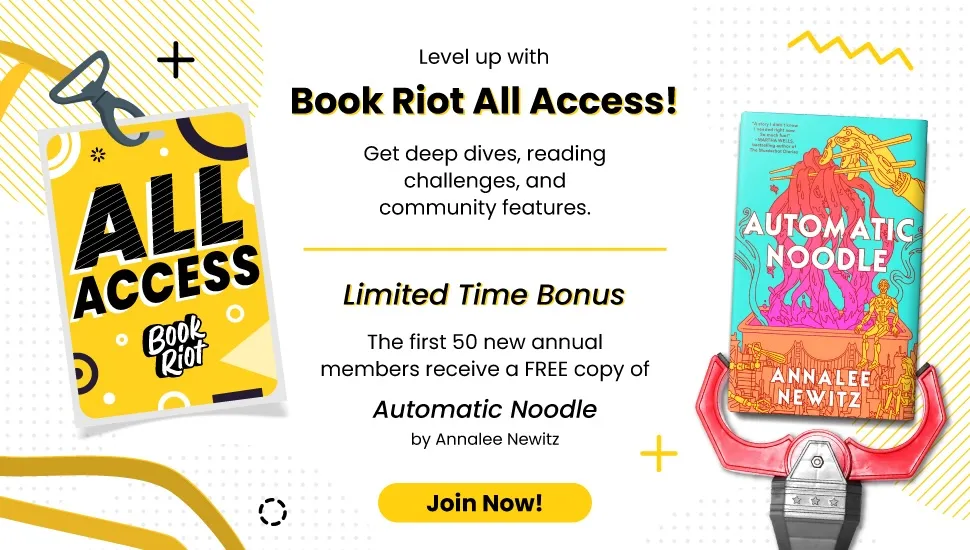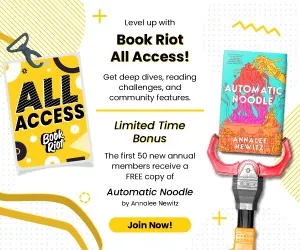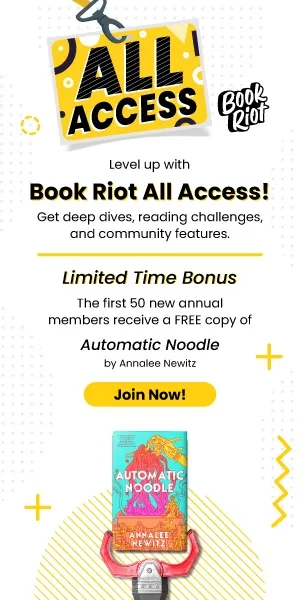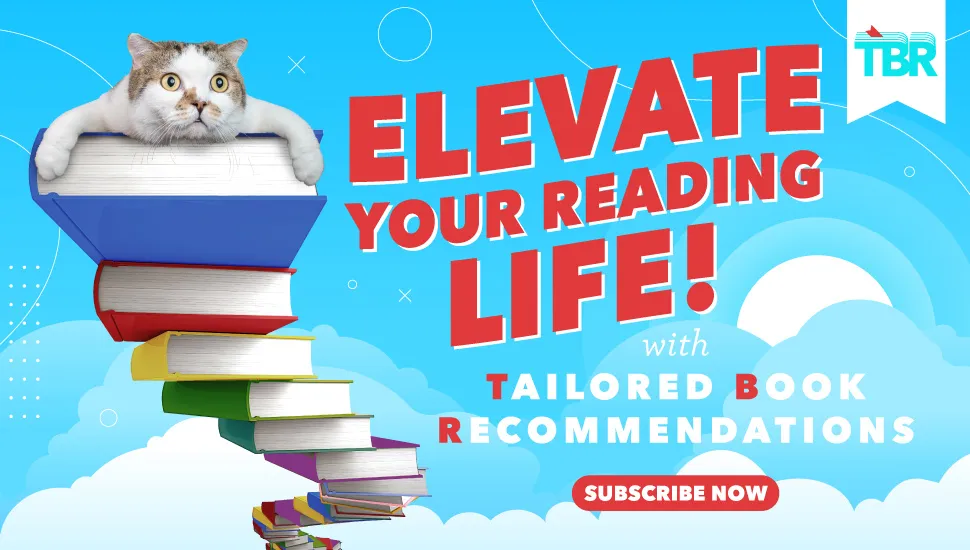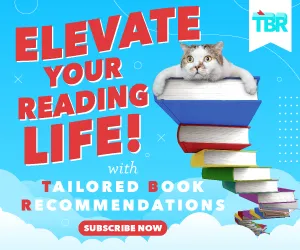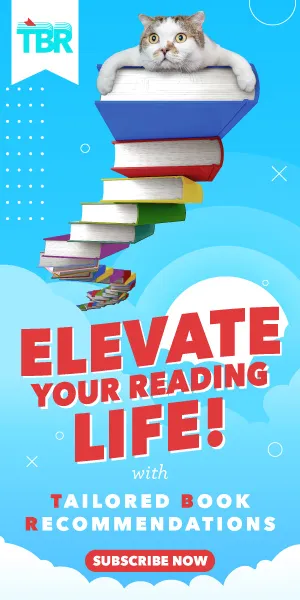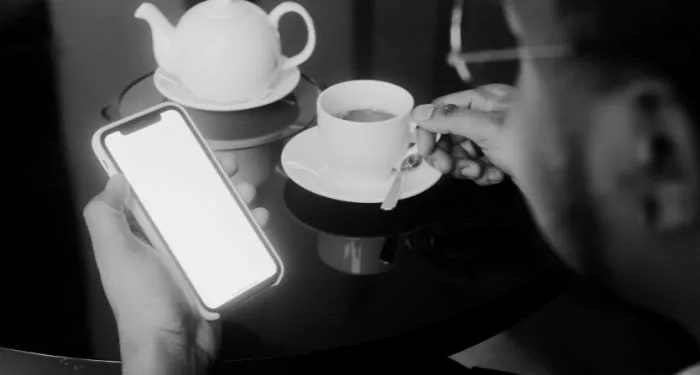
How Do You Know: The Consequences of a Lack of Media Literacy and Where We Go From Here
Media literacy and the ability to identify misinformation are especially important in our current landscape, so we’ve made this month’s All Access Member bonus post available to all readers. To sign up for All Access and support the work of independent media, click here!
If we do not raise media literacy rates, our society will crumble. Sound dire? It’s not possible to make it dire enough. I’ve watched a mis- and disinformation epidemic unfold from the vantage point of a teacher, a parent, a daughter, and a community member. I’ve seen the large and small ways in which information floods with no deep dives can lead to strongly held and poorly formed opinions among people of all ages. I’ve watched as people from many different value systems and political backgrounds take social media videos as undisputed facts, running rampant with a healthy dose of confirmation bias validating whatever resonates with their preexisting notions. We can’t get the truth based on vibes.
What is media literacy?
The National Association for Media Literacy Education (NAMLE) defines media literacy as the ability to “access, analyze, evaluate, create, and act” using all forms of communication.” It is often used to discuss online forms of media but can refer to non-digital formats as well. It seems to me that internet discourse and ease of sharing are the biggest dangers to our ability to reason. Humans have never had access to so many different pieces of information.
I’ve watched my son tell me that something he saw on YouTube HAS to be true because it’s on “a news channel.” I watch people who I consider intelligent and reasonable change their value system after spending time on Facebook, where an alternate opinion is discussed at length; this happens as an eerie kind of mob mentality that can strike when someone is alone in a room. Confirmation bias is rampant no matter where you stand politically or on social issues. Due to the glut of information, you can find a quote, statistic, or article to back up almost any stance. If we do fact-check, we tend to look into things we want to disprove. We all think we are right.
The truth is getting harder to find.
As a parent of teens and a teacher of even younger kids, I’ve realized that any previous shortcuts I knew about helping kids navigate online information are out the window. The ability to manipulate pictures, video, audio clips, and text is improving so rapidly that a once surefire trick to suss out “fake news” could be obsolete by the end of a week-long unit. Deepfakes, AI-created soundbites, and duplication of logos can make the most savvy digital citizen question reality.
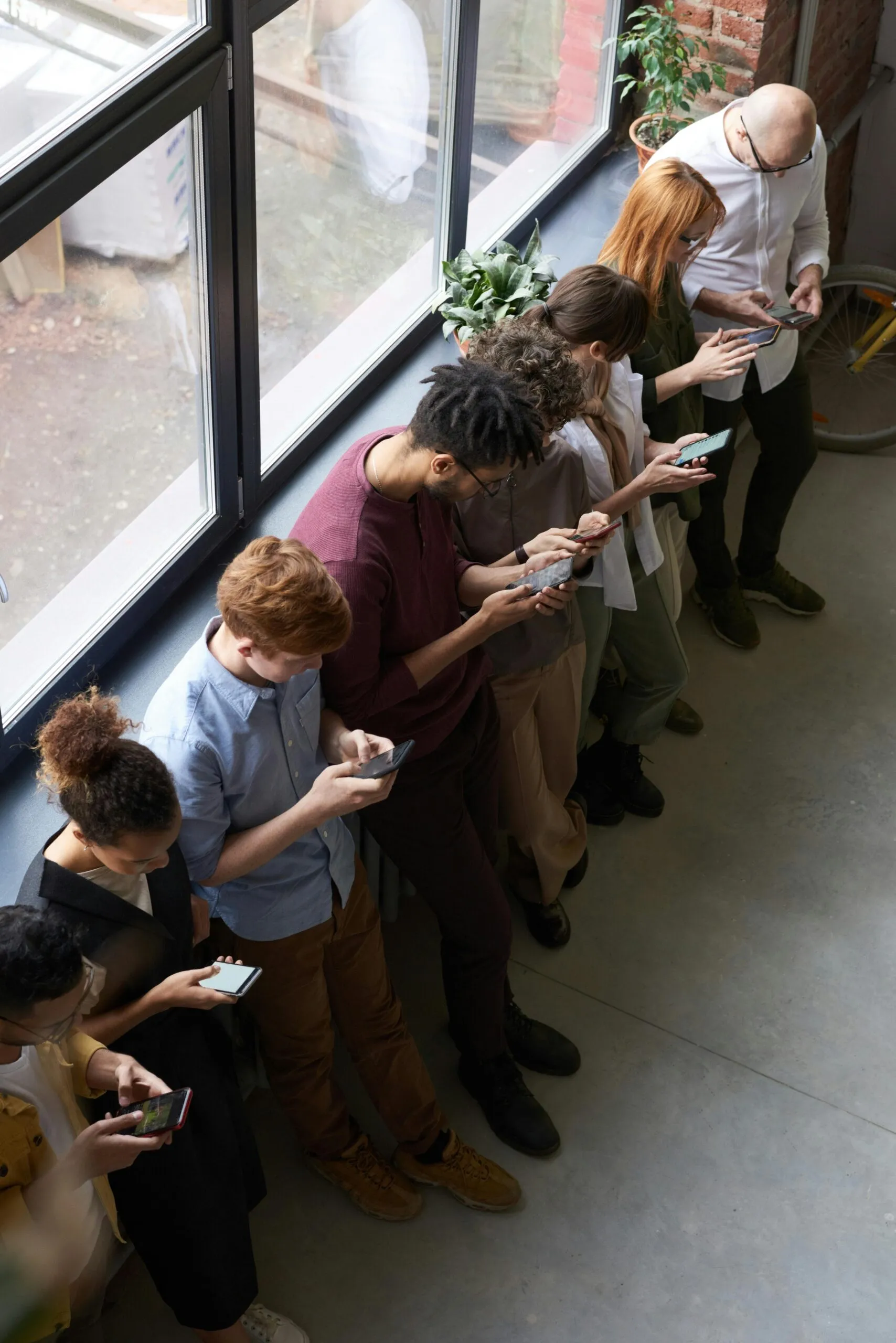
Honestly, no one needs to work that hard to trick us. In a study led by educational psychologist Sam Wineburg, PhD, a sample of high school students were asked questions about different videos and websites. Zara Abrams, writing for the American Psychological Association’s Monitor on Psychiatry, reported, “More than half of the students in the study [ ] believed that a Facebook video that appeared to show ballot stuffing, shot in Russia and posted anonymously, was “strong evidence” of U.S. voter fraud.” There is a widespread joke that when people say, “I read an article,” they mean, “I saw a Tiktok.” We are taking what we see at face value.
It’s all of us.
Not much of what I’ve said here is groundbreaking. We all know that the internet twists thinking, and that this leads to large swaths of people buying into misinformation (which is false information or getting things wrong) and disinformation (which is intended to mislead or wrong on purpose) with possibly disastrous results.
Still, I think we imagine that this is happening somewhere else, to other people. We don’t realize that our sweet neighbor truly believes that a political figure swore they would kill thousands of babies. We would never dream that our intelligent uncle would fall for a blackmail scam from a fake email address. We don’t hold ourselves accountable for the same kind of open mind and fact-checking that we demand from people who think differently than us.
All of this is almost as overwhelming as the sheer amount of information itself. After I overheard an acquaintance say, “Donald Trump is the most pro-choice candidate, right?” on election day of 2024, I felt like an anvil had been dropped on my head. I wanted to scream, “Obviously not!” But the truth was, I didn’t know what his exact policy on abortion was. In my head, Trump was bad, and abortion rights were good, so never the two shall meet. Now, I still believe that having Trump in office is not a win for abortion rights. However, my acquaintance was making an offhand comment that was not based in fact. And my “obviously” reaction wasn’t based in fact, either. We can’t get the truth based on vibes.
How do you know?
Please don’t think I’m suddenly questioning whether I agree with Donald Trump’s policies. I have done my research, and I’m uncomfortable with him as a person just based on the words he says and the people he mocks. However, if I want my kids, my neighbors, and my colleagues to verify their sources, I’m going to have to do the same. I’m starting small, with a simple question that leaves behind argument: “How do you know?” It works for everything. It’s already easy for me to ask this question when my son confidently states a “fact” he got from a TikTok video, or when someone makes a vile claim like “immigrants are taking all our jobs!” It’s harder to ask myself when I am talking about something I deeply believe, like the evils of diet culture or the brokenness of the US education system. How do you know? What are your sources? What are the facts? We can’t get the truth based on vibes!
Now what?
“How do you know?” isn’t going to save the world. It’s just a jumping-off point. Once we’re comfortable admitting that we need to verify our sources and back up our claims, we will start looking for those answers as quickly as we previously shared infographics or snappy messages that resonated with us. Settling into this truth also helps us realize that our children need a solid foundation of media literacy to survive the ever-growing information networks that batter our brains with clickbait headlines. These skills need to be explicitly taught alongside math and reading.
Several organizations are jumping in with incredible lessons that put questioning frameworks into place and help young people check their info with the same ease they put into sharing something to their Instagram stories.
As a Media Specialist, I’ve always adored Common Sense Education, but recently, Civic Online Reasoning, The Center for Media and Information Literacy, and Media Literacy Now have also come on my radar. These resources help stakeholders share lessons and promote legislation that prioritizes teaching Media Literacy in the education system. As Assemblymember Marc Berman, JD, an attorney who represents California’s 23rd District and supports the state’s digital literacy law, says, “I can’t force adults to go back to school and take media literacy, but at a minimum, we can make sure that our young people are getting the skills they need for today’s world.”
So, back to my original proclamation. Is a lack of media literacy really that dire? Ask Sam Wineburg, PhD, the co-founder of the Digital Inquiry Group. In an article entitled Our Democracy is At Risk, he states, “I’ve come to believe that reliable information is to civic health what clean water and proper sanitation are to public health. Never has so much information been at our fingertips as it is today. Whether this bounty will make us smarter and better informed or more ignorant and narrow-minded will depend on one thing: our educational response to this challenge.”
That pretty much sums it up. Overwhelmed? Keep it simple. Ask yourself, “How do you know?” and do your best.
